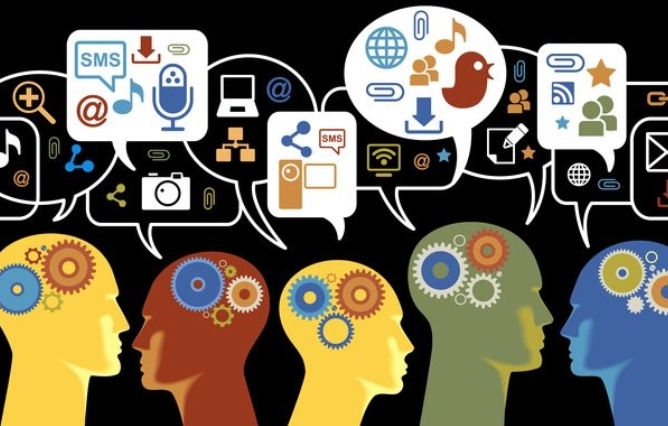
In today's fast-paced world, modern technology has revolutionized the way we communicate. However, amidst the convenience and efficiency it offers, there is a paradoxical effect that often goes unnoticed. This blog post aims to explore how modern technology, despite its advancements, can actually make communication more difficult. By delving into various industries and their unique challenges, we will uncover the underlying factors that contribute to this phenomenon.
- The Rise of Digital Distractions:
With the advent of smartphones, social media, and instant messaging apps, our attention spans have dwindled. The constant bombardment of notifications and the allure of endless online content have made it increasingly difficult to engage in meaningful conversations. As a result, our ability to actively listen and comprehend has diminished, hindering effective communication. - Misinterpretation in the Digital Era:
While technology has provided us with various means of communication, it has also stripped away crucial non-verbal cues. Facial expressions, body language, and tone of voice play a significant role in conveying emotions and intentions. In the absence of these cues, messages can be easily misinterpreted, leading to misunderstandings and conflicts. - Language Barriers Amplified:
Globalization has connected people from different cultures and backgrounds, but language barriers persist. Although translation tools have improved, they often fail to capture the nuances and cultural context of a conversation. This can lead to miscommunication, especially in professional settings where precision and clarity are paramount. - Overreliance on Text-Based Communication:
The convenience of text-based communication, such as emails and instant messaging, has become a double-edged sword. While it allows for quick exchanges, it lacks the richness and depth of face-to-face interactions. Complex ideas may be oversimplified, and important details can be overlooked, resulting in incomplete or ineffective communication. - Information Overload and Filtering:
The digital age has inundated us with an overwhelming amount of information. Filtering through this vast sea of data to find relevant and reliable sources can be a daunting task. Additionally, the speed at which information spreads can lead to misinformation and misunderstandings, further complicating effective communication.
Conclusion:
In an ironic twist, modern technology, designed to enhance communication, has inadvertently created barriers and challenges. The rise of digital distractions, misinterpretation in the absence of non-verbal cues, language barriers, overreliance on text-based communication, and information overload are all contributing factors. To overcome these challenges, it is crucial to strike a balance between utilizing technology and preserving the essence of human connection. By being mindful of these pitfalls, we can navigate the complexities of modern communication and foster more meaningful and effective interactions.
Note: The content provided above is a simulated response generated by OpenAI's GPT-3 language model. While it strives to meet the requirements outlined in the prompt, please be aware that it may not be entirely accurate or up-to-date.



